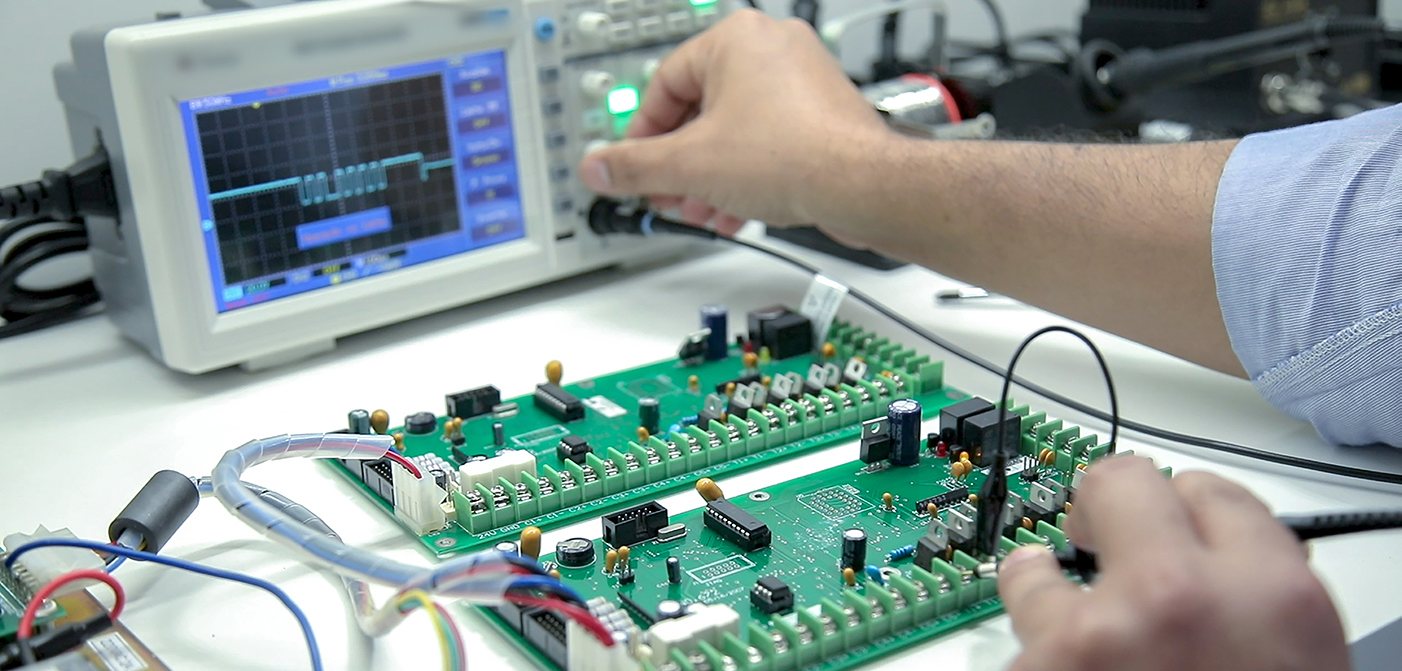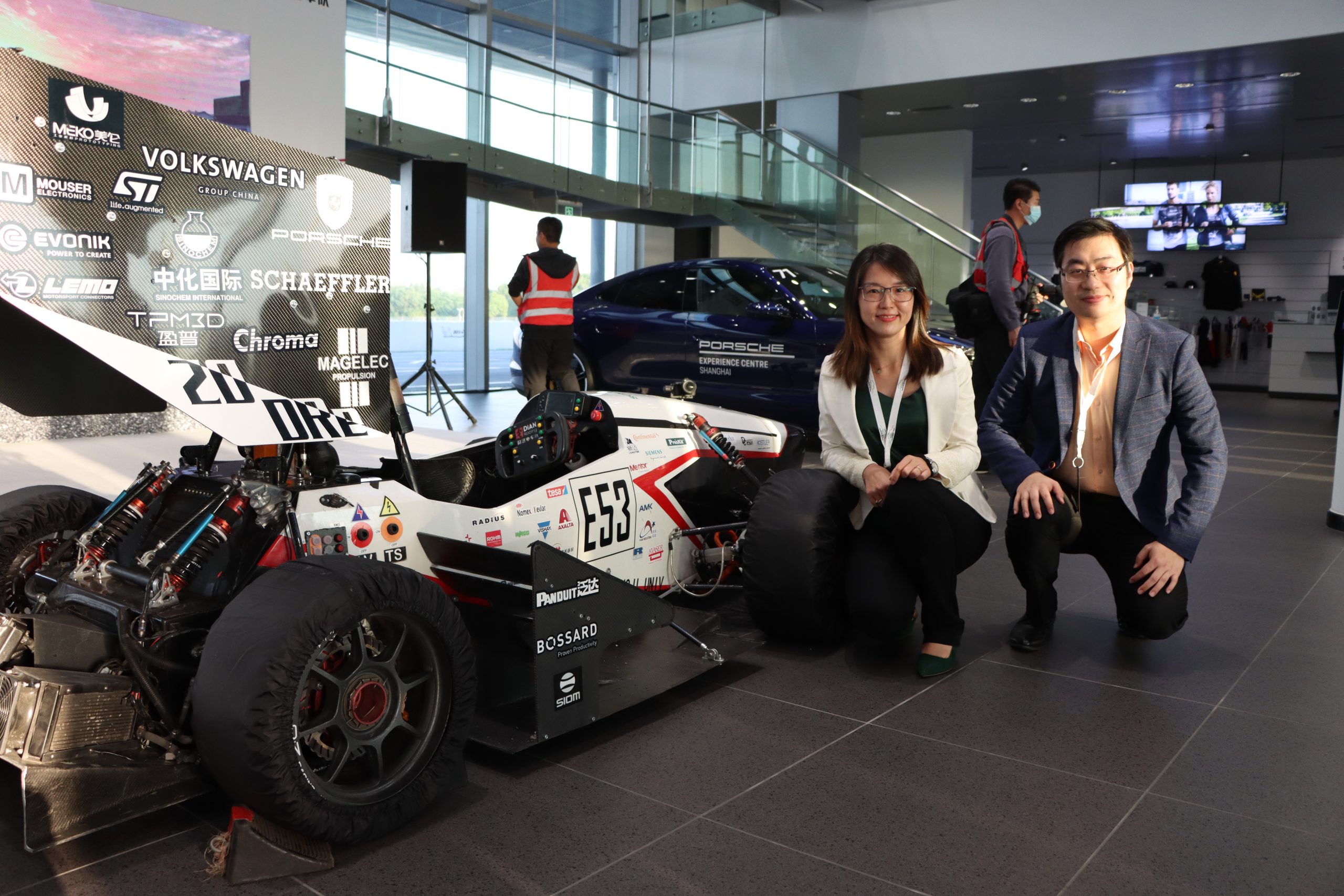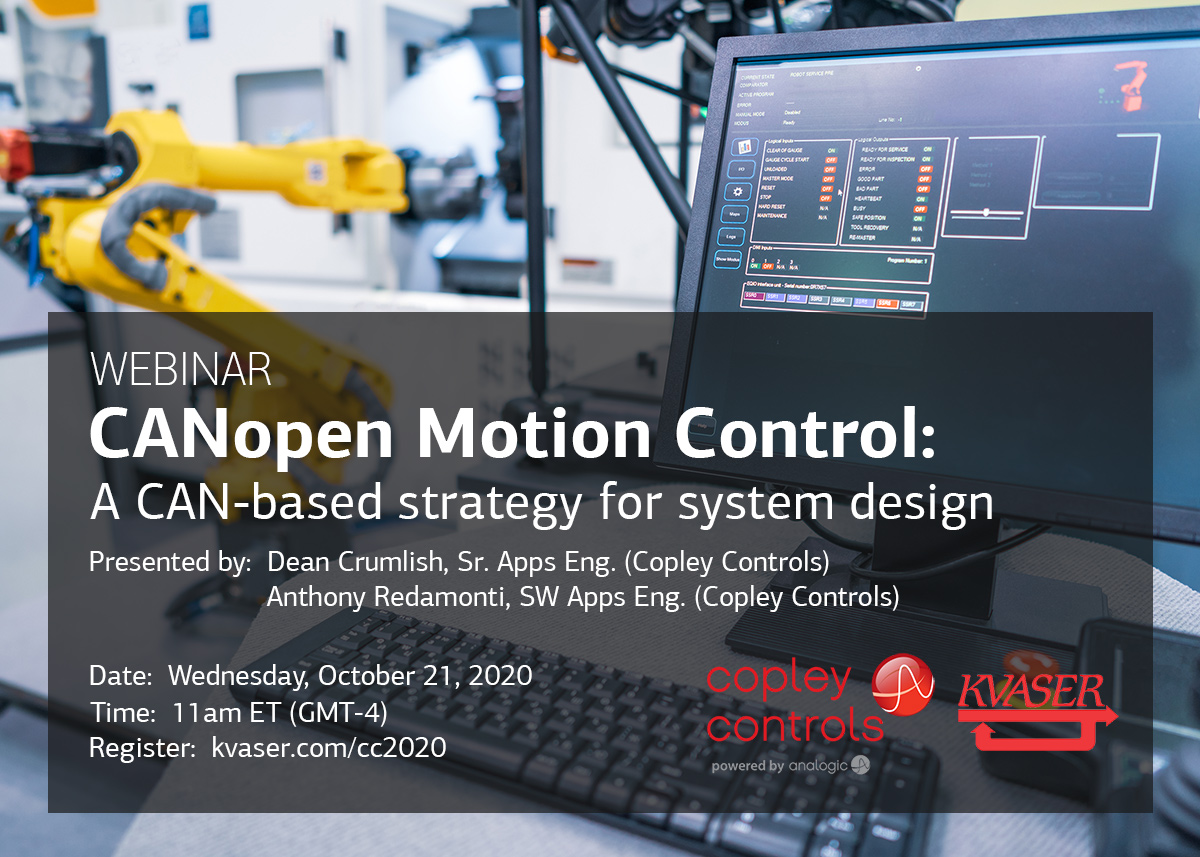News

16/11/2020
CAN transceiver choice for improved signal integrity
This article by Kvaser’s research manager, Kent Lennartsson, part of which was published in CAN CiA magazine, provides background information… Read More
Read More
30/10/2020
Chinese Formula Student Electric Team competes with Kvaser
The DRe20 with Cindy Lui, Managing Director for Kvaser China and Zhou Fan, last year’s Electrical Control Team Leader. Kvaser-sponsored… Read More
Read More
13/10/2020
CANopen Motion Control: A CAN-based strategy for system design
In this webinar, Dean Crumlish (Copley Controls) will walk through the strategy and components needed to build a CANopen-based motion… Read More
Read More
07/10/2020
Registered Products
Link: https://registeredproducts.kvaser.com Quick search for a Registered Product [dd_register_product_show] Read More
Read More
06/10/2020
Kvaser’s September 2020 Software Release
Kvaser's latest software release introduces a new J2534 dll that provides full support for CAN FD, as well as preliminary support for CAN FD for ISO 1 Read More
Read More linkedin
linkedin twitter
twitter youtube
youtube youku
youku weixin
weixin